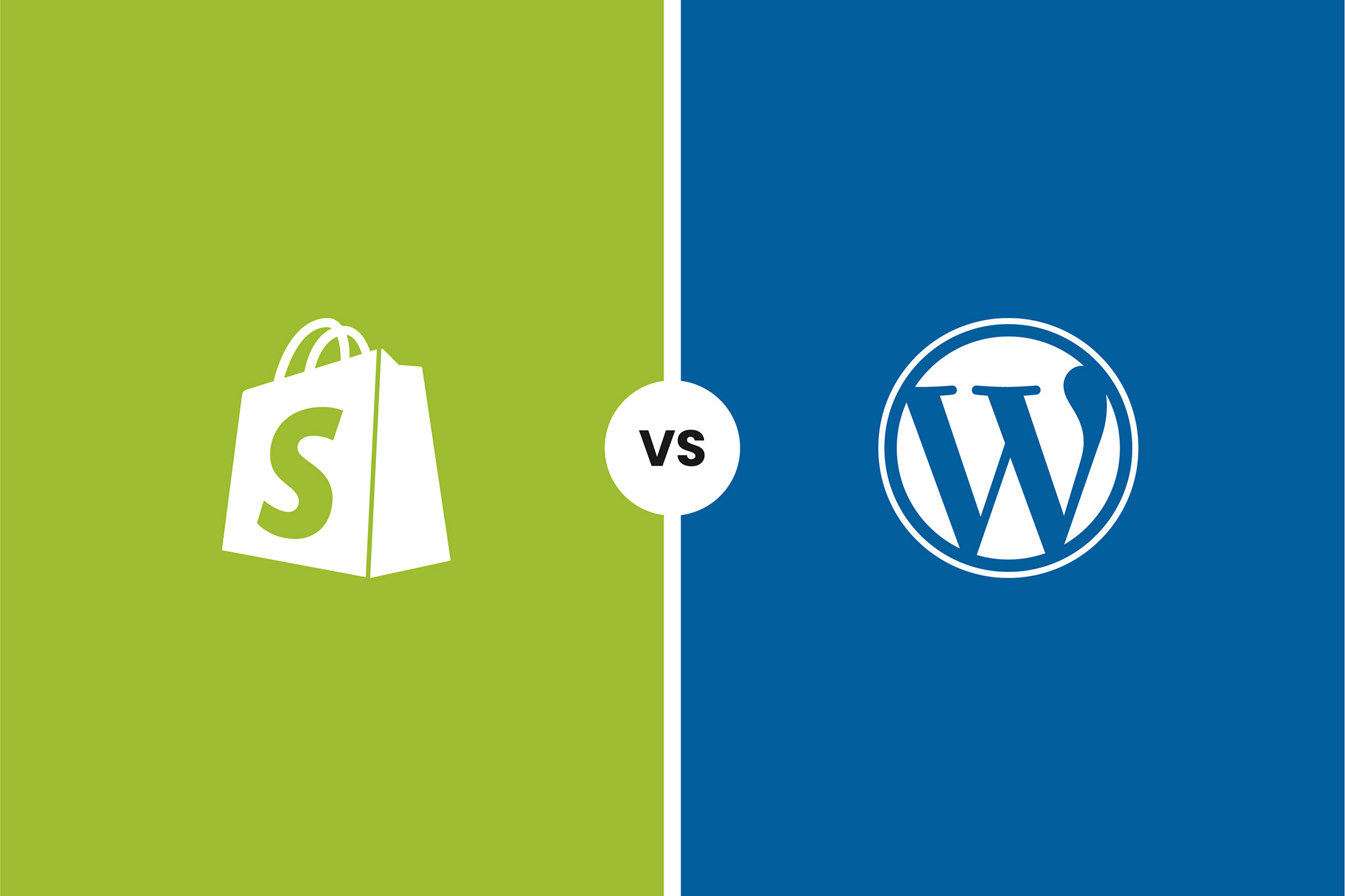Is your WordPress website feeling cluttered and slow? Are you struggling to keep up with the ever-growing list of plugins and themes? Fear not, because we’ve got the perfect solution for you! In this comprehensive guide, we’ll walk you through the process of spring cleaning your WordPress site, ensuring that it runs smoothly, efficiently, and securely. Let’s dive in!
1. Assessing the need for spring cleaning
The first step in the process is to determine how often you should perform spring cleaning on your WordPress website. This will largely depend on the amount of content you upload, the changes you make, and the overall size of your site. As a general rule of thumb, it is recommended to carry out quarterly reviews of any WordPress website, even if there haven’t been many changes. This allows for elements like plugins to be audited, and old content to be reviewed for relevance and accuracy.
Before embarking on any cleaning or maintenance tasks, always ensure that your website is backed up. This will safeguard your site against any accidental data loss or damage.
2. Tackling plugins and themes
Plugins and themes are essential components of your WordPress site, but they can also be the root cause of security vulnerabilities and performance issues. To keep your site secure and functioning optimally, it’s crucial to audit your plugins and themes regularly.
Start by identifying any plugins or themes that are no longer being used or have been abandoned by their developers. Deactivate, uninstall, and delete these items to reduce the potential security risks and to free up valuable storage space. Keep in mind that even inactive plugins can be exploited by hackers, so it’s best to remove them entirely.
Once you’ve removed any unnecessary plugins and themes, update the remaining ones to their latest versions. This will help ensure compatibility with the latest WordPress updates and improve the overall performance of your site.
3. Cleaning up content: Post revisions, media files, and tags
Over time, your WordPress site will accumulate a substantial amount of content, including post revisions, media files, and tags. While these items are useful during the content creation process, they can clutter your database and slow down your site.
Post revisions: Post revisions are automatically saved by WordPress as you edit your content. While these can come in handy during the editing process, they can also bloat your database and slow down backups. To clean up old post revisions, consider using a plugin like Optimize Database after Deleting Revisions, which allows you to choose which revisions to keep and which to delete.
Media files: Unused media files can quickly accumulate in your WordPress site, taking up significant storage space and cluttering your content folder. To remove these files, use a plugin like Media Cleaner, which detects unused media files and broken entries, moving them to an internal trash folder for review before deletion. After cleaning up your media files, establish a best practice for deleting redundant files as part of your ongoing content management.
Tags: If you regularly use tags to categorise your posts, you may find that you’ve gathered a large number of unused tags over time. WordPress has a built-in feature for deleting these tags: simply navigate to Posts > Tags, sort by the number of posts they’re attached to, and delete those with zero attachments.
4. Eliminating spam comments
Spam comments are a common issue for WordPress sites. While spam filters like Akismet can prevent these comments from appearing on your site’s frontend, they still accumulate in your spam folder, cluttering your database. Regularly review your spam folder for any legitimate comments caught by the filter, and then empty the folder to permanently delete the spam comments.
5. Addressing broken links
Broken links can negatively impact user experience and SEO rankings. To identify and fix broken links on your site, consider using a tool like W3C Link Checker.
Simply enter the URL of the page you want to check, and the tool will identify any broken links for you to repair or remove.
6. Optimising your WordPress database
A well-maintained database is essential for the smooth operation of your WordPress site. Over time, your database can become cluttered with unnecessary data, such as post revisions, unused tags, and orphaned data. To optimise your database, consider using a plugin like WP Optimize or WP-Sweep, which can remove this excess data and improve your site’s performance.
Be cautious when using database optimisation tools, as they can be more challenging to handle and may accidentally delete essential data. Always perform a manual backup of your database before running any optimisation processes.
7. Refreshing your content
Regularly reviewing and updating your content is essential for maintaining a relevant and reliable website. This manual task involves checking for outdated, inaccurate, or low-quality content and either updating or removing it as needed.
Additionally, ensure that key website information, such as About, Staff, and Contact pages, remains current and accurate.
8. Maintaining a regular cleaning schedule
By adhering to a regular cleaning schedule, you can ensure that your WordPress site remains fast, efficient, and secure.
A well-maintained site will not only improve user experience but also promote a trustworthy brand image and maximize conversions.
9. Considering Professional Assistance
If you’re unsure about any aspect of spring cleaning your WordPress site, or if you’d prefer to have a professional handle the process, consider engaging the service of a Managed WordPress Hosting service, such as Potato Care.
What is Potato Care?
Potato Care is a service designed to keep your website humming at full capacity and includes:
- Website hosting
- Twice-monthly updates to your WordPress core and plugin files
- Bug fixes related to those updates
- Automated daily backups, kept forever
- A secure padlock for your SSL certificate (improves SEO + Customer confidence in your brand)
- Automated optimisation of your images for faster website response time
- Direct access to us for technical support questions
- A ton of small coding that improves the performance of your website
Potato Care gives you one reliable point of contact for everything related to your website. You will have no need of other redundant services for which you are currently being charged.
10. Wrapping up
Spring cleaning your WordPress website is an essential task for ensuring optimal performance, security, and user experience. By following this comprehensive guide and implementing a regular cleaning schedule, you’ll be well-equipped to keep your site running smoothly and efficiently. Happy cleaning!
Contact us today to learn more about our services and the ways in which we can empower your online success.
Let's make a website!
Book a FREE video call to discuss your business, project strategy, and more!
"*" indicates required fields
More from Metal Potato
5 Essential WordPress Security Plugins
Boost your website's defense with top-rated WordPress security plugins. Ensure ultimate protection against cyber threats today!
The Power of a WordPress Support Retainer
Elevate your site's performance with a WordPress support retainer – expert maintenance, and guidance for success!
How to Launch a Podcast on WordPress
Launch your podcast on WordPress: from equipment selection to SEO optimisation, follow our guide for a successful podcast journey.
10 Compelling Reasons to Choose WordPress
Discover why WordPress is your ultimate website platform choice! Free, customisable, and supported by a thriving community.
6 Essential Tips for WordPress Website Owners
Boost WordPress site: backups, updates, style guides & more for top performance, security & user experience!
Migrate from Shopify to WooCommerce
Move from Shopify to WooCommerce effortlessly for control, flexibility & cost savings. Follow our step-by-step guide.






